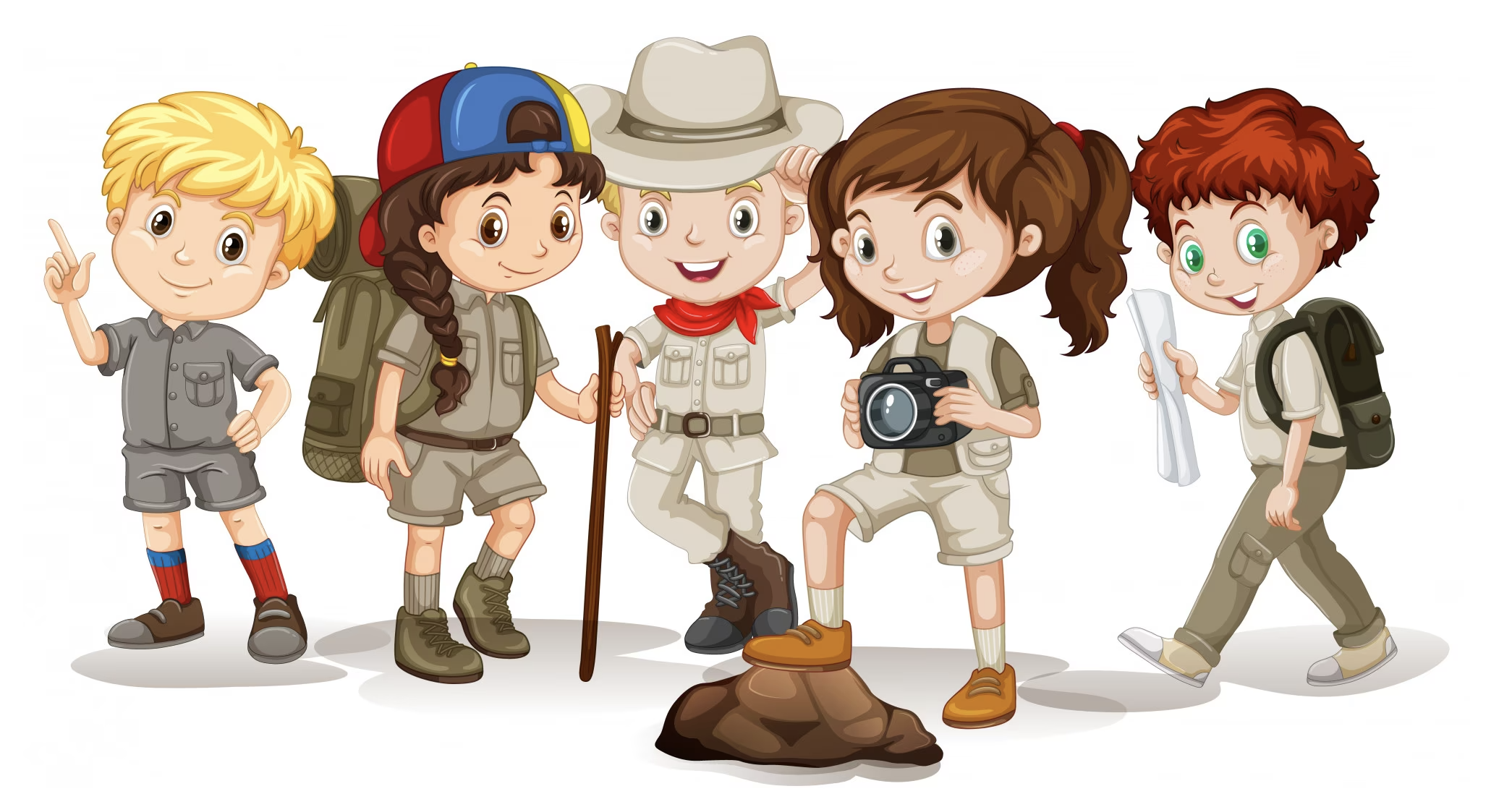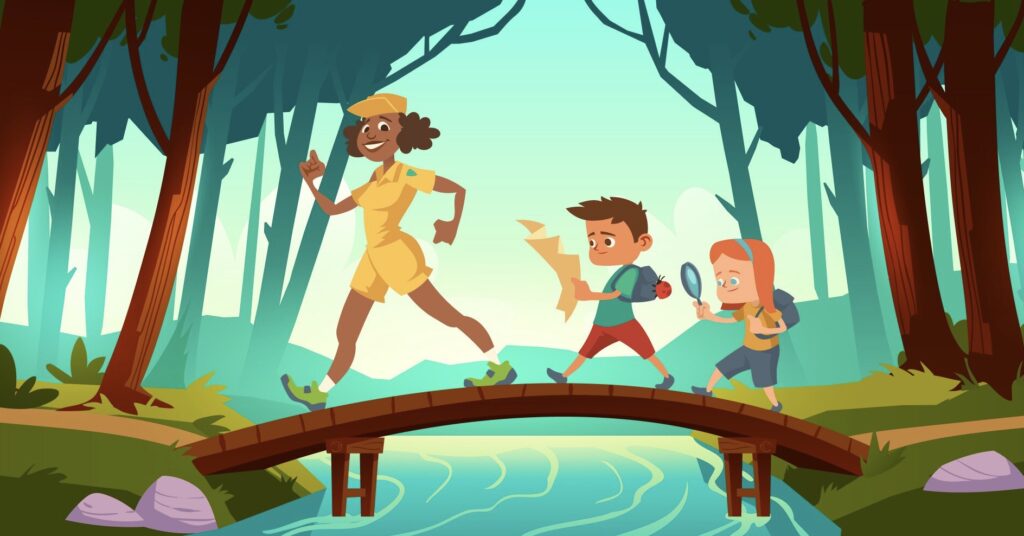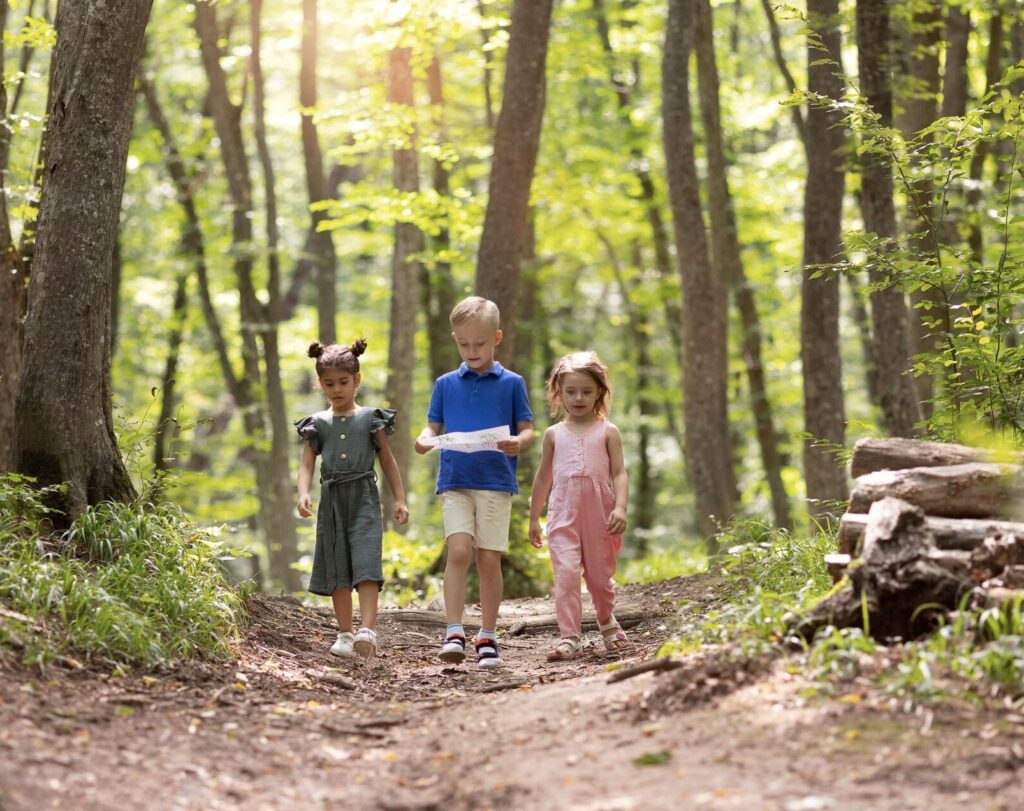Her kullanıcısına kişisel kampanyalar sunan Bahsegel farkını ortaya koyuyor.
Canlı maç heyecanı yaşamak isteyenler Bahsegel sekmesini kullanıyor.
Casino oyunlarındaki çeşitliliğiyle dikkat çeken Casinomhub eğlencenin merkezindedir.
Bahis piyasasında güvenilir bir isim olan Bahsegel Türkiye’de öne çıkıyor.
Bahis yaparken heyecanı doruklarda yaşamak isteyenler için bahsegel mükemmeldir.
Bahis dünyasında ortalama işlem hacmi dakikada 120 milyon dolardır; paribahis giril bu hacimde istikrarlı şekilde faaliyet gösteriyor.
Daha çok eğlence isteyen oyuncular için bahsegel oldukça cazip.
Bahis platformlarında kullanıcı memnuniyeti %90’ı aştığında ortalama kullanıcı süresi %45 artar; bu durum bahsegel guncel giris’te açıkça gözlemlenmektedir.
Statista araştırmalarına göre, online bahis kullanıcılarının %74’ü sorumlu oyun araçlarını kullanmaktadır; bu oran paribahis gitiş kullanıcıları arasında daha yüksektir.
Bahis dünyasında güvenilirliğiyle bilinen bettilt kalite standardını koruyor.
Hızlı işlem isteyen kullanıcılar paribahis ile avantajlı erişim sağlıyor.
Cep telefonları üzerinden kolay erişim için bettilt seçeneği ön plana çıkıyor.
Her an işlem yapmak için kullanıcılar bahsegel uygulamasını kullanıyor.
Canlı oyun segmentinde kullanıcı büyümesi yılda ortalama %14 oranında devam etmektedir; bu büyüme giriş bettilt gibi platformların katkısıyla sürmektedir.
Oyuncuların güvenlik kaygılarını ortadan kaldıran bettilt giriş sistemleri oldukça önemli.
Klasik kumarhane heyecanını evinize getiren bettilt platformda bolca mevcut.
2025 sürümüyle piyasaya çıkacak olan bettilt büyük ses getirecek.
Dijital ortamda oyun keyfini artıran bettilt kategorileri öne çıkıyor.
Canlı maçlara yüksek oranlarla bahis yapmak için Madridbet bölümü aktif kullanılıyor.
Dijital eğlenceyi artırmak için bettilt kategorileri ilgi çekiyor.
Her yeni üye için özel hoşgeldin bonusları sunan bahsegel kazandıran fırsatlar sağlar.
Klasik kumarhane atmosferini evlere taşıyan bettilt bölümünde çeşitlilik oldukça geniş.
Kullanıcı güvenliğine öncelik veren paribahis gizlilik politikalarına tam uyum sağlar.
İnternet üzerinden kazanç sağlamak için bahsegel giris kategorileri tercih ediliyor.
Oyuncular için güvenli işlemlerin garantisi paribahis giriş politikalarıdır.
PwC raporuna göre, ortalama bir online bahis kullanıcısı yılda 27 farklı kupon düzenlemektedir; bu oran bettilt güncel link kullanıcılarında %33’tür.
Türkiye’de kumarhaneler 1998 yılında kapatılmış, buna rağmen online platformlar faaliyet göstermeye devam etmiştir; bahsegel para çekme bu geçişi analiz eder.
Türkiye’de canlı bahis kategorisi son beş yılda iki kat büyümüştür, bettilt apk bu kategoride güçlü içerik sunar.
Bahis sektöründeki yenilikçi yaklaşımıyla bilinen bettilt sürekli gelişiyor.
Maç heyecanını ikiye katlamak için bettilt bölümü sıkça tercih ediliyor.
Her gün yeni fırsatlarla kullanıcılarını karşılayan bettilt bahis dünyasında lider konumda.
Canlı rulet masaları, paribahis indir apk tarafından farklı bahis limitleriyle kategorilere ayrılmıştır.
Avrupa’da online bahis kullanıcılarının %40’ı haftada en az iki kez oyun oynamaktadır; bu oran paribahis guncel giris’te %55 seviyesindedir.
Dijital eğlenceye yönelenler bettilt kategorisini kullanıyor.
Her gün yeni fırsatlarla kullanıcılarını karşılayan bettilt bahis dünyasında lider konumda.
PwC raporuna göre, 2024 yılı itibarıyla ortalama online bahis kullanıcısı haftada 4.2 saatini oyunlara ayırmaktadır; bu oran paribahis hoşgeldin bonusu kullanıcılarında daha yüksektir.
Canlı blackjack oyunları, 2024 itibarıyla tüm canlı masa gelirlerinin %29’unu oluşturmuştur; bettilt kayıp bonusu bu kategoride yüksek oranlar sunar.
Bahis dünyasında ortalama RTP değeri %95 civarında olsa da, bahsegel indir bazı özel oyunlarda %99 RTP oranına ulaşmaktadır.
Güvenli bahis ortamı sunan altyapısıyla bettilt farkını gösteriyor.
Türkiye’deki oyuncular için Madridbet indir apk özel “Türk Ruleti” masaları yayınlar.
Avrupa’daki bahis kullanıcılarının %30’u ortalama 5 yıldan fazla aynı platformda kalmaktadır; bahsegel mobil uygulama kullanıcı sadakatinde öncüdür.
2023 verilerine göre ortalama bir bahisçi yılda 15 farklı spor dalında bahis yapıyor ve bahsegel indir bu çeşitliliği eksiksiz şekilde sunuyor.
Basketbol tutkunları için en iyi kupon fırsatları bettilt sayfasında yer alıyor.
Canlı krupiyeli oyunların iade oranı (RTP) ortalama %98,3’tür; bu, slot oyunlarından yaklaşık %2 daha yüksektir ve bettilt girş’te oyuncular bu avantajdan yararlanır.
Mobil kullanıcı deneyimini geliştiren bahsegel sistemi oldukça popüler.
Yüksek RTP oranlarına sahip slot oyunlarıyla bahsegel güncel kazandıran bir site.
Adres değişikliklerinden haberdar olmak için bahsegel düzenli kontrol edilmeli.
Bahis yaparken heyecanı doruklarda yaşamak isteyenler için bahsegel mükemmeldir.
Bahis oranlarını karşılaştırdığınızda paribahis farkını kolayca görebilirsiniz.
Rulet, blackjack ve slot makineleriyle dolu Paribahis giriş büyük ilgi görüyor.
Statista verilerine göre 2024 yılında global online bahis reklam yatırımları 8,7 milyar dolar olarak kaydedilmiştir; Paribahis hoşgeldin bonusu etik tanıtım politikalarına bağlıdır.
Oyuncular yatırımlarını güvenle yapabilmek için Bahsegel giriş sistemlerini öncelikli görüyor.
Canlı destek hattı ile 7/24 aktif olan Bahsegel her sorunu anında çözer.
Bahis dünyasındaki güvenilir isimlerden biri olan Bahsegel sektörün öncüsüdür.
Gerçek casino deneyimini yaşatan Bettilt seçenekleri kullanıcıları büyülüyor.
Canlı maç heyecanını artırmak için Bahsegel kategorisi ziyaret ediliyor.
Promosyonlardan yararlanmak isteyenler bahsegel giriş sayfasını sık sık ziyaret ediyor.
Maçlara özel kupon fırsatları paribahis bölümünde yer alıyor.
Türkiye’deki bahis severlerin ilk tercihi bettilt giriş olmaya devam ediyor.
Curacao Oyun Otoritesi, 2024 itibarıyla lisanslı operatörlerin %98’ine uyum sertifikası vermiştir; bu listeye paribahis giril de dahildir.
PwC raporlarına göre, online kumar gelirlerinin %36’sı mobil uygulamalardan elde edilmektedir; bahsegel canlı destek mobil kullanımda öne çıkar.
Avrupa Birliği kumar düzenleyici raporlarına göre, online kumar oynayan kullanıcıların %72’si 18-40 yaş aralığındadır ve bettilt canlı destek bu kitleye hitap eder.
Online bahis platformlarının %64’ü artık kripto para ile ödeme desteği sunmaktadır ve rokubet bonus bu yeniliği entegre etmiştir.
Kazanç oranlarını artırmak için özel sistemler kullanan rokubet kullanıcılarına avantaj sağlar.
Yüksek güvenlik standartları ve hızlı ödeme garantisiyle Rokubet türkiye kullanıcılarına değer verir.
Bahis dünyasında güvenilirliğini kanıtlamış olan Bahsegel her zaman tercih edilen bir platformdur.
Kumarhane keyfini çevrimiçi yaşamak isteyenler madridbet seçeneklerini seçiyor.
Finansal işlemler için bettilt sistemleri büyük önem taşıyor.
Her rulet turu gerçek zamanlı olarak başlar ve Bahsegel indir apk gecikmesiz yayın teknolojisiyle kesintisiz çalışır.
Hesabına giriş yapmak isteyenler doğrudan paribahis sayfasına yöneliyor.
Yüksek oranlı bahis seçenekleriyle kullanıcılarını kazandıran paribahis türkiye büyük beğeni topluyor.
Her oyuncuya özel fırsatlar sunan bettilt kullanıcılarını ödüllendiriyor.
Türkiye’de çevrim içi oyunlara erişim kolaylığı artmış ve dünyanın en güvenilir bahis siteleri gibi siteler mobil cihazlardan yoğun şekilde tercih edilmektedir.
Türk kullanıcılar genellikle bedava dönüş hakkı olan oyunlarda daha uzun süre vakit geçirir, Bahesegel iletişim numarası bu özelliğe sahip yüzlerce oyun sunar.
Hızlı işlem isteyen kullanıcılar Bahesegel ile avantajlı erişim sağlıyor.
Paribahis Curacao Gaming Authority’ye göre 2024 itibarıyla 2.100’den fazla aktif lisans geçerlidir; bu lisanslardan biri bettilt bonus’e aittir.
Avrupa’da yapılan araştırmalara göre, online bahis oyuncularının %71’i mobil cihazlardan işlem yapmaktadır; bu oran Bahsegel güncel link kullanıcıları arasında %82’dir.
Bahis oyuncularının %47’si ayda ortalama 10’dan fazla kupon düzenlemektedir; bu davranış Bahsegel mobil uygulama üzerinde de gözlemlenmektedir.
Statista’ya göre 2024 yılı itibarıyla dünya genelinde 1.2 milyar kişi mobil üzerinden oyun oynamaktadır; bu da Bahsegel mobil uygulama’in mobil stratejisini destekler.
Statista’ya göre, online bahis kullanıcılarının %66’sı canlı bahislerde daha fazla kazanç elde ettiklerini belirtmiştir; bu, Rokubet canlı destek kullanıcıları için de geçerlidir.
Avrupa’daki lisanslı platformların %85’i canlı oyun hizmeti sunmaktadır; Bahsegel gitiş bu segmentte güçlü bir altyapıya sahiptir.
PwC raporuna göre online casino sektöründeki yıllık büyüme oranı %9 civarındadır ve Bahsegel giriş güncel bu trendin Türkiye’deki temsilcisidir.
2026 sürümünde yenilikçi kampanyalar sunacak olan Bahsegel bekleniyor.
Her oyuncu güvenli bir ortamda işlem yapabilmek için bahis siteleri sistemlerini seçiyor.
Her an erişim sağlamak için Bettilt uygulaması öne çıkıyor.
Her oyuncu güvenle giriş yapmak için bahsegel linkini kullanıyor.
Türkiye’deki oyuncular, lisanslı yapısı nedeniyle bahsegel giriş sistemine güveniyor.
Avrupa’daki kullanıcıların %52’si aylık ortalama 75 euro bahis yatırımı yapmaktadır; bu miktar bahsegel hoşgeldin bonusu kullanıcılarında 82 euroya ulaşmıştır.

If you’re looking for an exciting, educational and perfect outdoor activity to engage your little ones, as well as kids of all ages, then we have just the thing for you! Nature scavenger hunts! In this blog, we’ll explore the wonders of scavenger hunts in nature and share some fantastic ideas to make your outdoor adventure unforgettable. So, grab your binoculars, magnifying glass and let’s dive into the world of exploration!
Preparing for the Hunt:
Preparation before embarking on your nature scavenger hunt; it’s a great way to prepare adequately. Here are some simple activities and steps to ensure a fun way to enjoy an outdoor nature scavenger hunt!
- Choose a Suitable Location: As a starting point, find a local park, nature reserve, or even your own backyard with abundant natural elements to explore. Consider the age and abilities of your kids when selecting an appropriate location. Older kids might enjoy a national park where as younger kids may enjoy their back yard or a local park.
- Create a Checklist: Develop a themed checklist of items to find or observe during the scavenger hunt. Encourage your kids to search for specific plants, insects, animal tracks, or even unique rock formations. Tailor the list to match your surroundings and spark curiosity. See the links at the bottom of the blog for outdoor printable activities, as well as an outdoor scavenger hunt list and other nature scavenger hunt printables.
Enhancing the Adventure:
To make the experience even more exciting, here are some outdoor scavenger hunt ideas and creative twists:
- Nature Bingo: Create a bingo board with images of different elements found in nature. As your kids spot each item, they can mark it off on their card. The first one to complete a line or a full card wins! The perfect way to be able to re-use the cards are by laminating them and using dry-erase markers to check off the different items.
- Treasure Map: Design a treasure map leading to a hidden surprise, such as a small prize or a picnic spot. Use landmarks and natural features to guide your little explorers on their treasure hunt.
- Time Challenges: Set a time limit for completing the scavenger hunt. This adds an element of thrill and encourages teamwork and quick thinking.
Nature scavenger hunts offer more than just fun; they provide valuable learning opportunities for kids. Here’s how you can turn your adventure into an educational experience:
- Encourage Observation: Prompt your kids to observe their surroundings closely. Discuss the different types of plants, insects, and animals they encounter, fostering an appreciation for the natural world.
- Environmental Awareness: Take this opportunity to teach your children about the importance of protecting nature. Discuss concepts like biodiversity, conservation, and the impact of human activities on the environment. This is one of the best ways to get children involved and aware of nature conservation.
- Nature Journal: Provide your kids with a journal to document their findings, draw sketches, or write descriptions. This helps develop their writing and artistic skills while creating a lasting memory of their adventure.
Themes and Variations:
Nature scavenger hunts can be tailored to various themes and variations, depending on the interests and age group of the children involved. Here are a few ideas to get you started:
- Seasonal Scavenger Hunt: Create a list of items specific to the current season. For example, in the spring, kids can search for blooming flowers, chirping birds, or signs of new life. Summer months could possibly be too hot, depending on the region so always consider and indoor scavenger hunt.
- Colors of Nature: Challenge children to find items of different colors in nature, like a red leaf, a blue butterfly, or a yellow flower.
- Animal Adventure: Focus the scavenger hunt on animal tracks, nests, or sounds. Encourage kids to identify the species they encounter and learn more about their habitats and behaviors.
Technology Integration:
Incorporating technology into nature scavenger hunts can add an extra layer of excitement and engagement. Consider these ideas:
- Digital Scavenger Hunt: Instead of traditional paper checklists, use a smartphone or tablet app that allows kids to take photos of the items they find. This way, they can create a digital album of their nature discoveries.
- Geocaching: Combine the thrill of treasure hunting with nature exploration through geocaching. Use a GPS-enabled device or a geocaching app to search for hidden containers, or “geocaches,” filled with small treasures.
Encourage kids to engage all their senses while on their nature scavenger hunt. Here are some suggestions:
- Sound Safari: Ask children to close their eyes and listen carefully to the sounds of nature around them. Challenge them to identify different bird calls, rustling leaves, or flowing water.
- Texture Adventure: Encourage kids to touch and feel different natural materials such as rough tree bark, smooth pebbles, or soft moss. This helps develop sensory awareness and appreciation for tactile experiences.
Nature scavenger hunts provide an excellent opportunity for children to work together and foster a sense of teamwork. Here’s how you can encourage collaboration:
- Buddy System: Pair up children in teams of two or more to search for items on the scavenger hunt list. This encourages cooperation, communication, and the sharing of discoveries. This can be a fun idea to help build operation skills.
- Group Challenges: Another great option is to introduce group challenges that require teamwork. For example, building a small shelter using only materials found in nature or creating a nature-inspired artwork together.
Fun nature scavenger hunt is a fantastic way to engage children with the outdoors, fostering their curiosity, creativity, and environmental awareness. By incorporating educational elements, as well as adding creative twists, you can make the experience even more memorable. Remember, the key to a successful nature scavenger hunt is to strike a balance between fun and learning. Encourage children to explore, ask questions, and discover the wonders of the natural world. By nurturing their curiosity and appreciation for nature, you’re fostering a lifelong connection to the environment. So, unleash the adventure and let nature be their guide!








